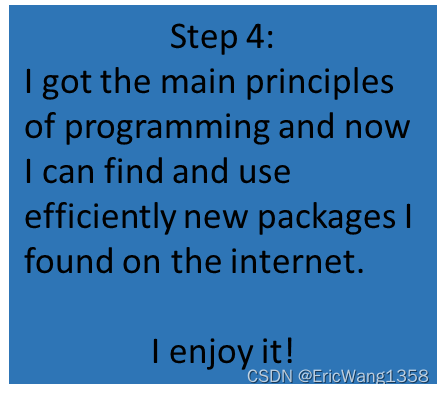Q: What is R language?
A: R is a programming language and open-source software widely used for statistical computing, data analysis, and graphical representation. It was developed by statisticians and data scientists to provide a powerful environment for statistical computing and graphics.
Q: How does R language differ from STATA?
A: R and STATA are both statistical software packages, but they have some key differences. R is a programming language with a vast ecosystem of packages, allowing users to customize and extend its functionality. STATA, on the other hand, is a command-driven software with a more structured interface designed for statistical analysis. R's flexibility and extensibility make it suitable for a broader range of data science tasks beyond traditional statistics.
Q: What are the advantages of R language in data processing compared to STATA?
A:
-
Flexibility and Extensibility:
- R: It is a programming language, which means users can write custom functions and scripts to tailor analyses to specific needs. The extensive CRAN (Comprehensive R Archive Network) repository provides numerous packages for various statistical and data manipulation tasks.
- STATA: While it has a wide range of built-in commands, STATA's flexibility is somewhat limited compared to R. Users are confined to the available commands and options.
-
Data Visualization:
- R: Renowned for its robust visualization capabilities, R offers a variety of packages (e.g., ggplot2) for creating high-quality graphics and plots.
- STATA: While capable of producing basic graphs, STATA's visualization options are generally considered less sophisticated than R's.
-
Community and Documentation:
- R: It has a large and active community, leading to extensive online documentation, forums, and support. This is particularly beneficial for users seeking help, sharing knowledge, and finding solutions to common problems.
- STATA: While it has a supportive community, it may not be as vast as R's. Documentation and community support are available but may not be as extensive.
-
Cost:
- R: Being open-source, R is free to use. This can be advantageous for individuals and organizations looking to minimize software costs.
- STATA: It typically requires a license fee, which might be a consideration for users on a budget.
-
Integration with Other Tools:
- R: Integrates well with other data science tools and languages, facilitating a seamless workflow. It is commonly used in conjunction with tools like Python and databases.
- STATA: While it has its own data management capabilities, integration with other tools may not be as seamless as in the R ecosystem.
For Modalisa (a specialized software platform designed for specific applications, offering tailored solutions for targeted data processing and analysis needs):it has similar benifits and high cost just as STATA do.
Steps that learners may encounter:






What are we going to learn?
First step: Acquire fundamental methods to transform messy data or a paper based survey into analysis ready data
Second step: Acquire fundamental methods to explore and visualize data (with a strong emphasis on categorical variables)
Third step: Acquire some analytical skills such as identifying the pure effect of a variable on another, and identify sub-population in a sample (logistic regression)
For this class, the focus is on programming i.e how to use R efficiently to produce table, figures that can be used in a report (trust me you will have a lot to produce in your career)
In this class, you will principally work with categorical variables and non normal distribution. Therefore, the analytical tools will be complementary with those learnt in other course (which are focusing on t-test, anova which supposed normally distributed data, or continuous variables which lead to the use of linear regression model)






















 被折叠的 条评论
为什么被折叠?
被折叠的 条评论
为什么被折叠?








